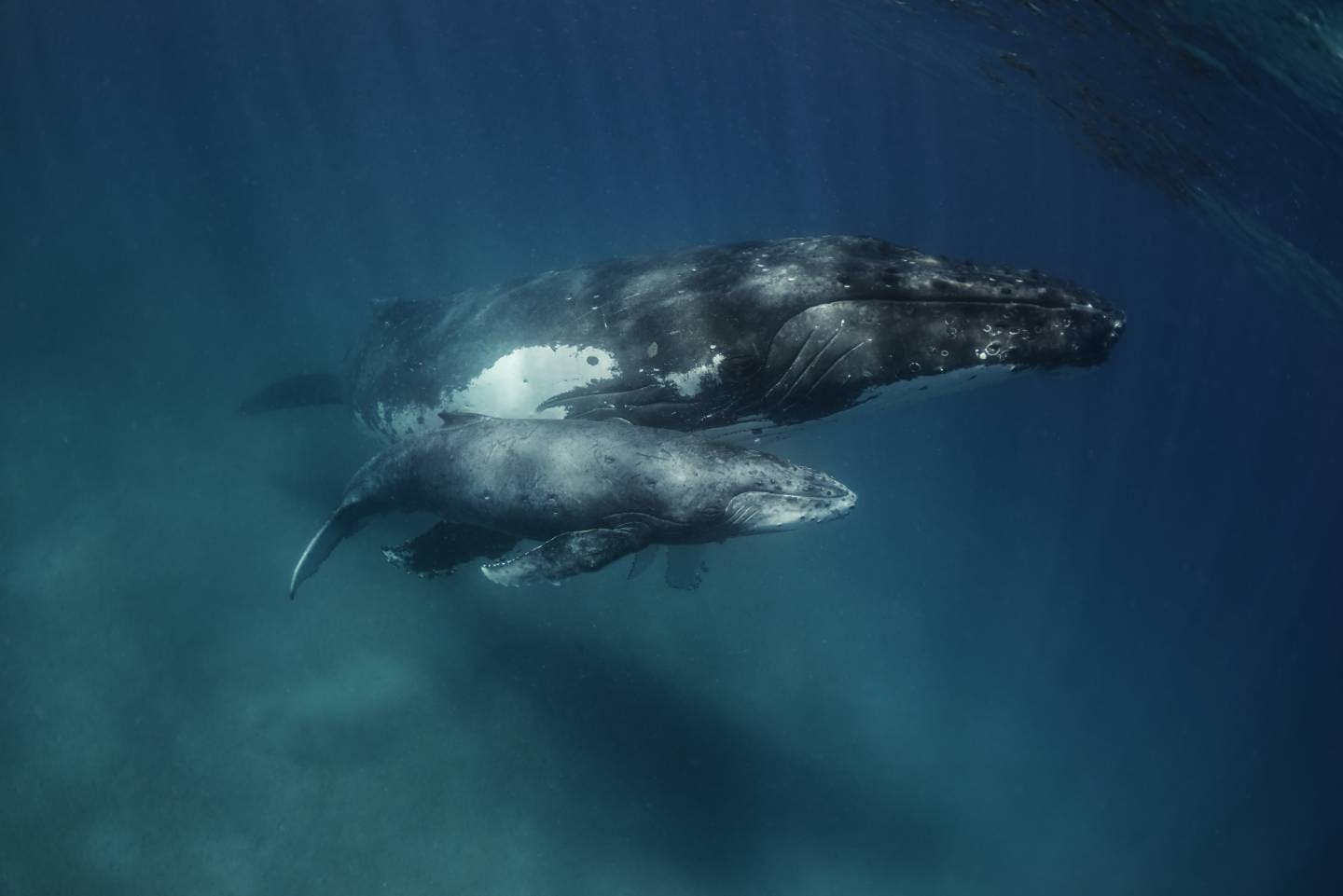Great whales sequester more carbon than previously thought
It has been widely known in the environmental and conservation communities that whales provide a deep water solution to climate change. Throughout their lifetime, Earth’s largest mammals absorb an average of 33 tons of carbon. However, this number may be even higher as analysis shows that great whales eat three times more than previously thought.
Matthew Savoca, a National Geographic Explorer and a postdoctoral fellow at Stanford University’s Hopkins Marine Station began his research when he learned that no one knew how much baleen whales ate. Since most great whales feed hundreds of feet deep and have irregular feeding habits throughout the year, it is difficult to measure. With help from an international team of scientists, Savoca equipped baleen whales with innovative tracking technology and used drones to measure krill populations.
The findings were shocking. One blue whale eats an average of 16 tons of food every day, this is three times more than scientists had estimated. What this study further shows is that whales play an even greater role in our shared ecosystem and in our fight in the climate crisis.
In a positive feedback loop, whales eat iron-rich krill. After digestion, the whale excrement acts as a fertilizer for phytoplankton. Krill then eat the phytoplankton. But these microscopic plants aren’t just a main food source. They use photosynthesis to create energy and in doing so, produce 50% of all the oxygen on Earth and transfer 10 gigatons of carbon from the atmosphere into the deep ocean each year. Therefore, the more whales eat, the more CO2 storing phytoplankton there are.
This research is evidence that ocean protection and marine conservation and management must be improved. Whales have multiple complications impacting their health. Pollution and commercial hunting have killed three million whales in the last century. Warming water temperatures due to climate change also disrupt the normal circulation of nutrients for krill. With low numbers and a decreasing food supply, whales need our help more than ever.
We also need great whales. The International Monetary Fund (IMF) put the value of one great whale at more than $2 million, considering the value of carbon removed over the animal’s lifetime. This value could now be three times as much with the new data as whales help stabilize our global climate system.



